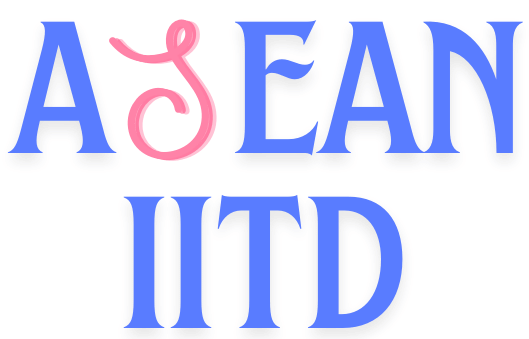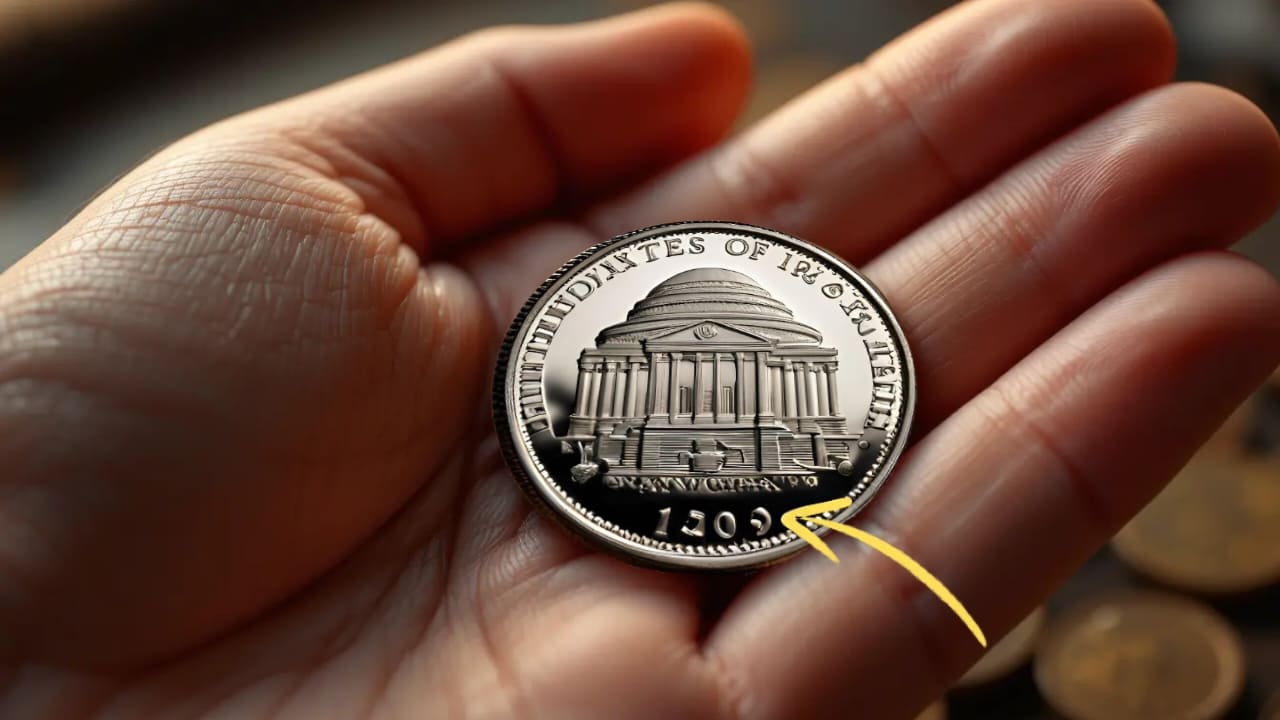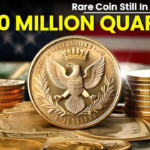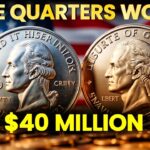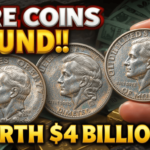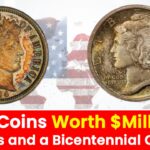In the world of numismatics, few coins have captured the fascination of collectors quite like the Bicentennial Quarter. Originally minted in 1975 and 1976 to celebrate the 200th anniversary of American independence, these quarters are more than just pocket change—they are pieces of history.
Fast forward to 2025, and some rare Bicentennial Quarters have skyrocketed in value, with one extraordinary specimen fetching $15 million. Let’s explore what makes these coins so valuable, how to identify a rare one, and whether you might have a hidden fortune in your pocket!
History of the Bicentennial Quarter
The United States Treasury authorized the production of a special quarter to mark the bicentennial celebration of 1776-1976. The winning design, by Jack L. Ahr, features a colonial drummer on the reverse, with the dual date “1776-1976” instead of the usual single-year marking.
These coins were minted at three locations:
- Philadelphia (No Mint Mark)
- Denver (D)
- San Francisco (S) – Produced in both clad and 40% silver versions
While millions of these quarters were released into circulation, a few special ones have become rare and highly valuable.
Why Are Some Bicentennial Quarters Worth a Fortune?
Not all Bicentennial Quarters hold extreme value, but certain key factors determine their worth:
1. Mint Mark & Composition
- San Francisco Mint (“S”) Silver Proof Quarters: Made with 40% silver, these were struck specifically for collectors.
- Denver (“D”) and Philadelphia (No Mark) Quarters: While common, error coins from these mints can be valuable.
2. Condition
Coins in pristine, uncirculated condition (MS-65 and above) fetch much higher prices than worn coins.
3. Minting Errors
- Double Die Errors: When design elements are accidentally stamped twice, creating a “shadow” effect.
- Off-Center Strikes: Coins with misaligned stamping, making parts of the design missing.
- Clipped Planchet Errors: Where a part of the coin is missing due to a cutting issue at the mint.
4. Collector Demand & Market Trends
With the 250th anniversary of American independence approaching in 2026, interest in Bicentennial collectibles is surging, further increasing coin values.
Most Valuable Bicentennial Quarters (2025 Market Prices)
| Coin Type | Estimated Value (2025) |
|---|---|
| 1976-S 40% Silver Proof (PR70) | Up to $20,000 |
| 1976-D Double Die Obverse | $5,000 – $10,000 |
| 1976 No Mint Mark Doubled Die | $3,000 – $7,000 |
| 1976-S Clad Proof (PR70) | $1,000 – $2,000 |
| 1976 Off-Center Strike (20%+) | $500 – $1,500 |
| 1976-S Silver Uncirculated | $20 – $50 |
How to Identify a Rare Bicentennial Quarter
Think you might have a valuable quarter? Here’s what to check:
1. Look for the Mint Mark
- “S” indicates a San Francisco-minted proof coin (potentially valuable).
- “D” and no mint mark quarters can also be valuable if they have errors.
2. Examine the Coin’s Condition
- Coins with no scratches, wear, or discoloration are worth more.
- An MS-65 grade or higher can significantly increase the value.
3. Check for Errors
- Double-die features on letters and numbers.
- Off-center stamping or misaligned edges.
- Missing mint marks or clipped planchet defects.
4. Weigh the Coin
- Silver quarters weigh 5.75 grams (heavier than standard quarters).
- Clad quarters weigh 5.67 grams—check for weight differences!
Why Are Bicentennial Quarters Increasing in Value?
Several factors contribute to the rising worth of these coins:
1. Upcoming 250th Anniversary of American Independence (2026)
- Collectors are rushing to secure bicentennial memorabilia, driving up demand.
2. Scarcity of High-Grade Coins
- After nearly 50 years in circulation, pristine condition quarters are rare.
3. Rising Interest in Coin Collecting
- More investors are turning to rare coins as a stable asset in uncertain economic times.
4. Market Trends in Precious Metals
- Silver and rare coin values increase as a hedge against inflation.
How to Sell a Rare Bicentennial Quarter
If you believe you have a valuable Bicentennial Quarter, follow these steps:
- Get Your Coin Professionally Graded: Organizations like PCGS (Professional Coin Grading Service) or NGC (Numismatic Guaranty Corporation) can authenticate and grade your coin.
- Find a Reputable Coin Dealer or Auction House: Sell through established dealers, auctions, or platforms like Heritage Auctions, eBay, or Stack’s Bowers.
- Check Market Prices Before Selling: Research recent auction prices to ensure you get the best value.
- Preserve Your Coin Properly: Keep it in a plastic holder or coin flip to avoid scratches and Avoid cleaning it—this can reduce value drastically!
Final Thoughts: Could You Be Holding a Fortune?
The Bicentennial Quarter isn’t just a regular coin—it’s a piece of history that could be worth a small fortune. While most of these quarters remain at face value ($0.25), rare specimens with minting errors, silver composition, or pristine condition can be worth thousands or even millions.
If you ever come across a 1976 Bicentennial Quarter, take a closer look—you may be holding a piece of numismatic treasure!
FAQs – Rare Bicentennial Quarter
- Why is the Bicentennial Quarter valuable?
Due to rarity, minting errors, silver composition, and collector demand. - How do I know if my quarter is rare?
Check the mint mark, errors, condition, and weight (silver quarters weigh 5.75g). - What is the most valuable Bicentennial Quarter?
A rare one sold for $15 million; others range from $1,000 to $20,000. - How can I sell my Bicentennial Quarter?
Get it graded, research prices, and sell through reputable dealers or auctions. - Should I clean my quarter?
No! Cleaning reduces value—keep it in its original condition.
